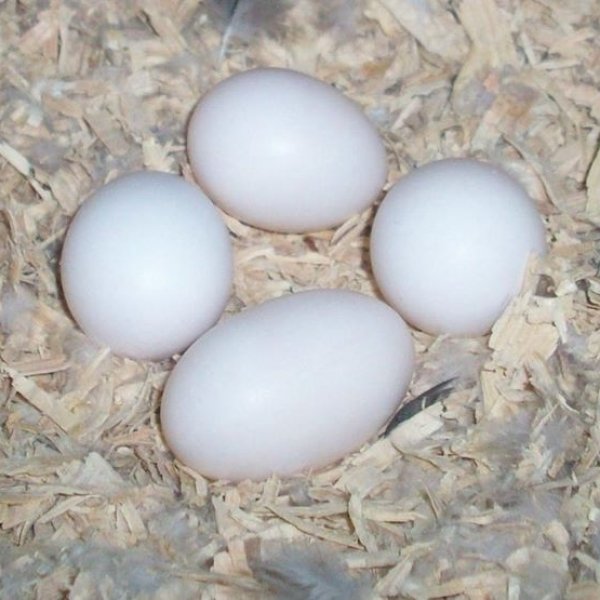$80.00
The salmon-crested cockatoo can no longer be imported into the United States because it is listed on the Wild Bird Conservation Act. However, they are being bred in captivity. They are popular for their beauty and trainability, which makes them popular in trained bird shows.
The salmon-crested cockatoo is widely considered to be one of the most demanding parrots to keep as a pet due to their high intelligence, large size, potential noise level (it is one of the loudest birds in the world, with calls up to 129 decibels), and need to chew. Moluccan cockatoos require a very large and very sturdy cage or aviary. Salmon-crested cockatoos are highly social, and their pets can be extremely cuddly, affectionate, and gentle birds. This can lead to problems if a young cockatoo is spoiled with a great deal of attention and cuddling when young and does not get the opportunity to learn to play with toys, forage, or otherwise entertain itself.











